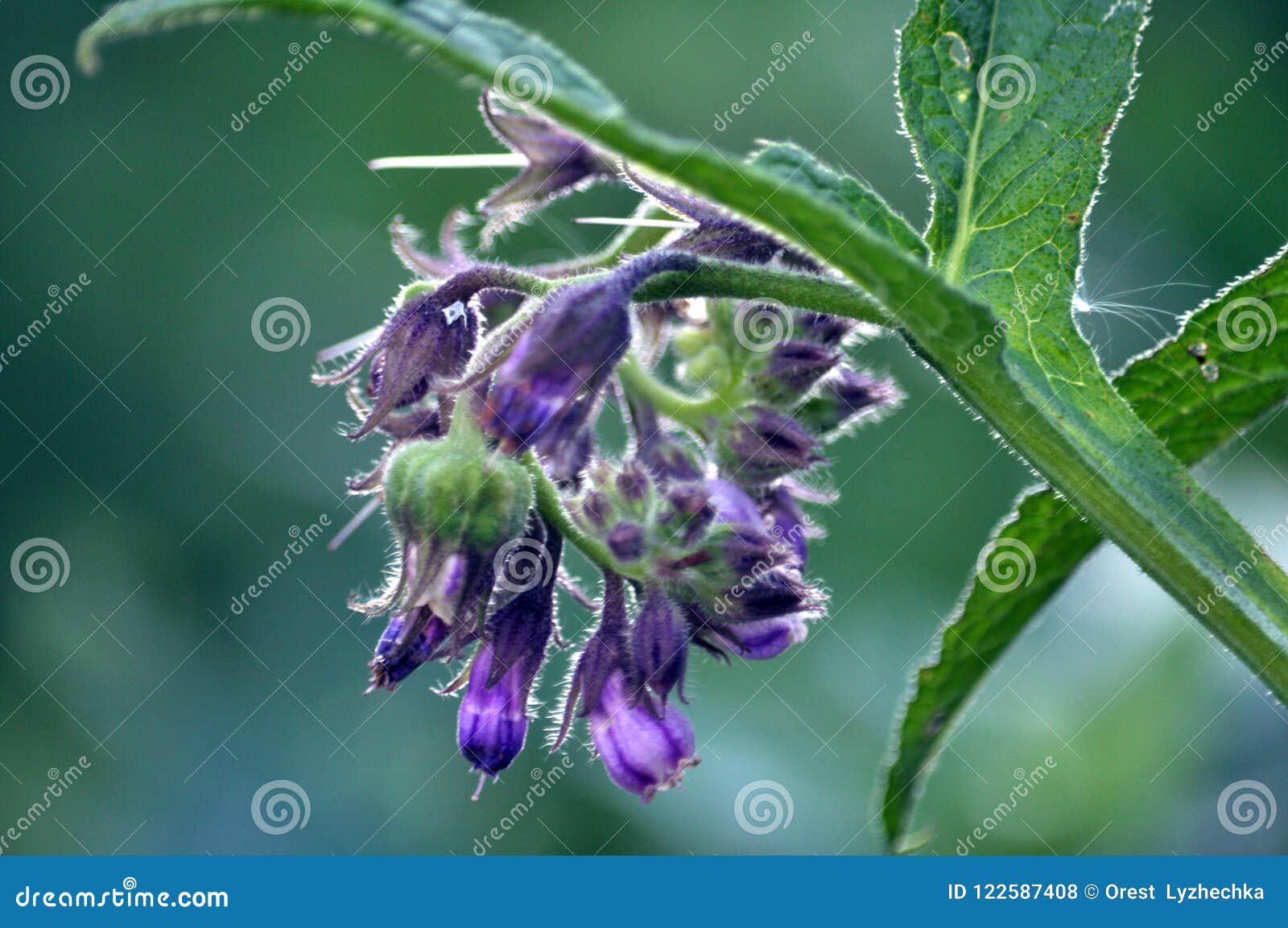
The plant contains a substance called 'allantoin', a cell proliferant that speeds up the healing process. Comfrey is especially useful in the external treatment of cuts, bruises, sprains, sores, eczema, varicose veins, broken bones etc, internally it is used in the treatment of a wide range of pulmonary complaints, internal bleeding etc. The root and the leaves are used, the root being more active, and they can be taken internally or used externally as a poultice. Haemostatic Homeopathy Refrigerant VulneraryĬomfrey is a commonly used herbal medicine with a long and proven history in the treatment of various complaints.

Symphytum officinale 200c uses professional#
Always seek advice from a professional before using a plant medicinally.Īnodyne Antidiarrhoeal Antirheumatic Astringent Demulcent Eczema Emollient Expectorant Plants For A Future can not take any responsibility for any adverse effects from the use of plants. ĭamp, often shady localities, in meadows, woods etc, especially near streams and rivers.Įurope, including Britain, south and east from Scandanavia to Spain, Siberia and Turkey. agrimony, alpine ragwort, help, tansy ragwort). Do not combine with herbs containing pyrrolizidine alkaloids (e.g. May cause loss of appetite, abdominal pain, vomiting. In general, the health-promoting properties of the plant probably far outweigh any possible disbenefits, especially if only the younger leaves are used. Most people would have to consume very large quantities of the plant in order to do any harm, though anyone with liver problems should obviously be more cautious. Largest concentrations are found in the roots, leaves contain higher quantities of the alkaloid as they grow older and young leaves contain almost none.

This plant contains small quantities of a toxic alkaloid which can have a cumulative effect upon the liver.


 0 kommentar(er)
0 kommentar(er)
